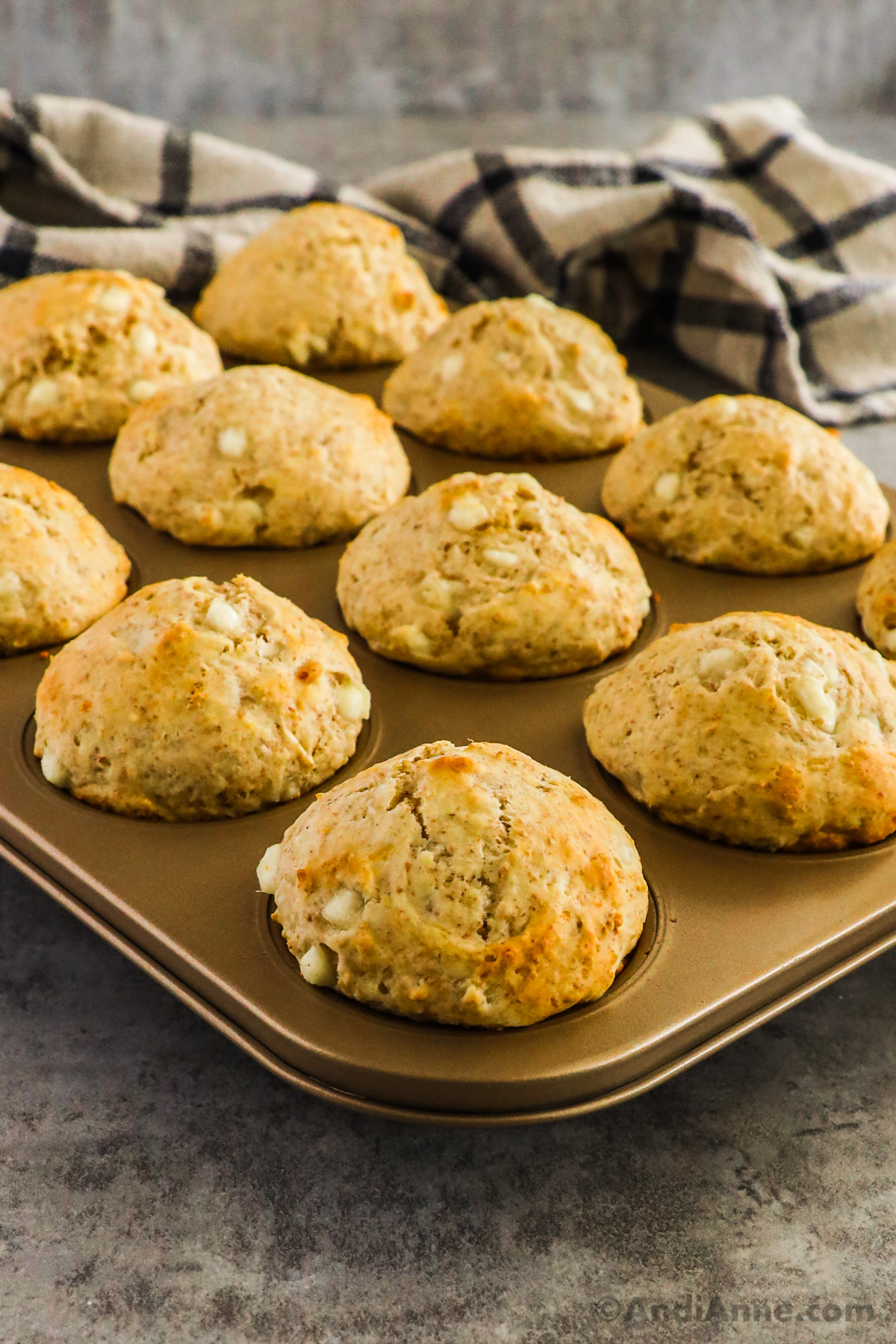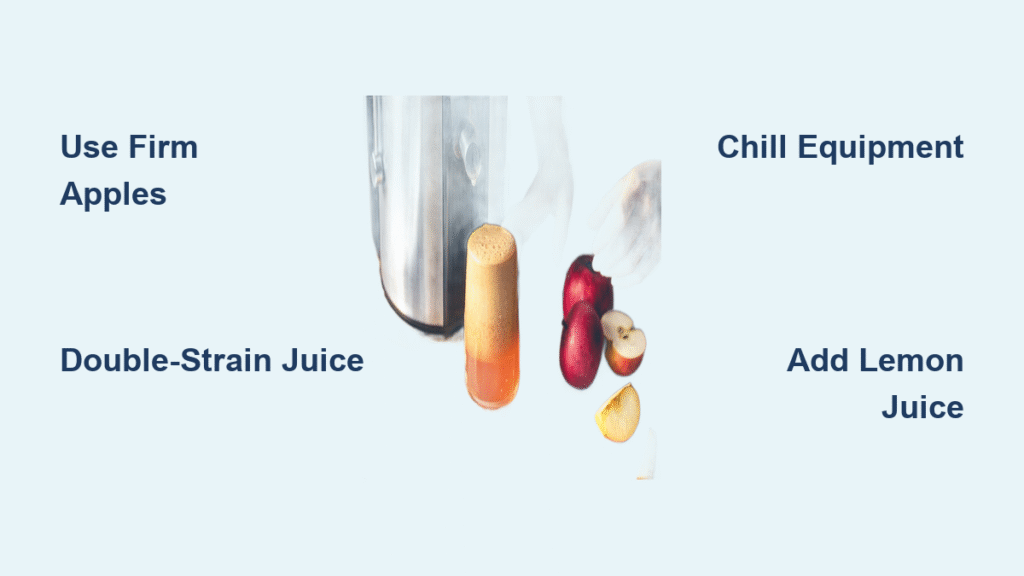Imagine starting your day with bakery-quality muffins that keep you full until lunchtime—all made in your blender with just six pantry staples. Cottage cheese blender muffins have revolutionized healthy breakfasts by transforming simple ingredients into moist, protein-rich treats with zero flour and minimal cleanup. These game-changing muffins deliver 5-6.5 grams of protein per serving while maintaining that irresistible bakery texture you crave.
The magic happens when cottage cheese and rolled oats meet in your blender, creating a smooth batter that bakes into tender muffins with no curd chunks in sight. Unlike traditional recipes requiring multiple bowls and precise measuring, this method eliminates flour bags and mixing bowls entirely. Best of all, cottage cheese blender muffins stay moist for days thanks to their unique protein structure, making them the perfect meal-prep solution for busy mornings.
Why Cottage Cheese Creates Perfect Muffins Every Time
Cottage cheese isn’t just for salads anymore—it’s the secret weapon behind bakery-quality muffins with superior nutrition. When blended properly, cottage cheese breaks down completely into a smooth, creamy base that provides both moisture and protein without altering flavor. The high protein content creates a tender crumb structure that stays moist far longer than traditional muffins.
Unlike flour-based recipes that rely on gluten for structure, cottage cheese blender muffins use rolled oats as their foundation. As the oats blend, they create just enough binding power while adding fiber and complex carbohydrates. This combination delivers sustained energy without the blood sugar spike of conventional muffins. The result? Muffins with 5-6.5 grams of protein per serving compared to the typical 2-3 grams in standard recipes.
The Science Behind the Smooth Texture
You might wonder how cottage cheese—known for its lumpy curds—creates perfectly smooth muffins. The blender’s powerful blades break down even large-curd cottage cheese into a uniform mixture within 30-45 seconds. No curds remain visible in the finished product, just a moist, tender crumb that cottage cheese skeptics can’t even identify.
Critical to success is the blending order: wet ingredients first, then dry. Adding cottage cheese, eggs, and maple syrup before the oats creates a vortex that pulls dry ingredients down smoothly. Overblending beyond 45 seconds can develop too much structure, resulting in dense muffins—so set a timer to ensure perfection every time.
Foolproof Blender Method for Perfect Muffins

Equipment Setup for Zero-Mess Success
Grab your high-powered blender (Vitamix works best but bullet blenders succeed too), a 12-cup muffin tin, and silicone liners. Paper liners often cause sticking with these protein-rich muffins, so either use silicone or spray paper liners with non-stick spray. A ¼ cup cookie scoop makes portioning effortless—critical for even baking.
3-Minute Blending Process
- Preheat oven to 350°F and prepare muffin tin with liners
- Load blender in precise order:
– 1 cup cottage cheese
– 2 large eggs
– ¼ cup maple syrup
– 1½ teaspoons baking powder
– 1½ cups rolled oats
– 1 teaspoon vanilla extract
– ½ teaspoon cinnamon
– ¼ teaspoon salt - Blend 30-45 seconds until completely smooth—no visible oats
- Rest batter 5 minutes to thicken (oats absorb moisture)
- Fold in ½ cup mini chocolate chips gently
- Portion ¼ cup batter per muffin cup
- Top with extra chocolate chips
- Bake 20-22 minutes until golden and toothpick comes out clean
Critical Mistakes That Ruin Muffins
Overblending (beyond 45 seconds) develops too much structure, creating dense, rubbery muffins. Skipping the rest period leads to flat muffins as the baking powder activates prematurely. Overfilling cups causes uneven baking—fill only ⅔ full for proper rise. Most importantly, using old baking powder guarantees flat muffins; replace it every 6 months for reliable results.
Four Flavor Variations That Actually Work

Blueberry Lemon Zest Delight
Add ¾ cup fresh blueberries and 1 teaspoon lemon zest to the base recipe. For best results, toss frozen berries in 1 teaspoon flour before folding in to prevent sinking. The citrus brightens the cottage cheese flavor while blueberries add natural sweetness—perfect for spring mornings.
Peanut Butter Banana Power
Blend 3 ripe bananas with the wet ingredients, then swirl in ½ cup natural peanut butter after blending. Top with chopped peanuts before baking. The bananas add moisture while peanut butter complements cottage cheese’s mild flavor, creating a protein powerhouse with 8+ grams per muffin.
Apple Cinnamon Oat Boost
Fold in ½ cup finely diced apples and ½ teaspoon apple pie spice after blending. Sprinkle with cinnamon sugar before baking. Apples add natural sweetness while maintaining the muffins’ moist texture—ideal for fall mornings when you want seasonal flavors without processed ingredients.
Chocolate Chip Classic
Use semi-sweet mini chocolate chips for even distribution (regular chips sink). Reserve 2 tablespoons for topping before baking. For extra decadence, add 1 tablespoon espresso powder to enhance chocolate flavor without coffee taste—this version disappears fastest from my family’s batch!
Troubleshooting Your Cottage Cheese Muffins

Dense or Heavy Texture
Cause: Overblending or expired baking powder
Fix: Blend exactly 30-45 seconds and replace baking powder every 6 months. Test baking powder by mixing ½ teaspoon with hot water—if it doesn’t bubble vigorously, replace it.
Dry, Crumbly Results
Cause: Overbaking or too many oats
Solution: Check muffins at 18 minutes (toothpick should have moist crumbs). Reduce oats to 1¼ cups if your blender isn’t high-powered. Cottage cheese blender muffins continue cooking slightly after removal from oven.
Sinking Add-ins
Cause: Batter too thin or add-ins too heavy
Prevention: Toss berries in 1 teaspoon flour before folding in. For chocolate chips, use mini versions—they distribute evenly without sinking to the bottom.
Sticking to Liners
Issue: Protein-rich batter bonds to paper
Solution: Use silicone liners exclusively or spray paper liners thoroughly with non-stick spray before filling.
Smart Storage Solutions for Busy Mornings
Refrigerator Storage That Maintains Freshness
Store cooled muffins in an airtight container for up to 7 days. Surprisingly, they improve in flavor after 24 hours as the oats fully hydrate. For bakery-fresh texture, reheat in a toaster oven at 350°F for 5 minutes—microwaving makes them rubbery.
Freezer Hacks for Instant Breakfasts
Flash-freeze muffins on a baking sheet for 2 hours, then transfer to freezer bags. They keep perfectly for 3 months. Grab one straight from frozen and microwave for 60-90 seconds for a hot breakfast in less time than brewing coffee. Pro tip: Double batches freeze beautifully—bake two tins when you have oven space.
Nutrition Facts That Actually Impress
Standard Nutrition (Per Muffin Without Add-ins)
- Calories: 131-180
- Protein: 5.5 grams
- Carbs: 22 grams
- Fiber: 3 grams
- Natural sugars: 8 grams
Compared to coffee shop muffins (often 400+ calories with 2-3 grams protein), cottage cheese blender muffins deliver real nutrition without sacrificing taste. The protein keeps you full for hours while complex carbs from oats provide steady energy.
Simple Dietary Modifications
Lower sugar: Reduce maple syrup to 2 tablespoons and add ½ mashed banana for sweetness. Gluten-free: Use certified gluten-free oats—no other changes needed. Dairy-free: Plant-based cottage cheese alternatives work but may affect texture (not thoroughly tested). Keto option: Replace oats with almond flour (texture will be denser).
Cost-Saving Secrets Worth Knowing
Ingredient Economics (12 Muffins)
- Cottage cheese: $1.50
- Rolled oats: $0.75
- Eggs: $0.60
- Maple syrup: $1.25
- Flavorings: $1.00
Total: $5.10 or $0.42 per muffin
Compare this to $3-4 per protein muffin at coffee shops, and you’re saving $30+ monthly while controlling ingredients. The blender method also saves time—5 minutes active prep versus 15+ for traditional recipes.
Pro Tips from Real Kitchen Testing
Texture trick: For bakery-style domes, fill cups slightly higher in the center. Blend smarter: Add ¼ cup milk if batter seems too thick—it should pour easily like pancake batter. Flavor boost: Add 1 tablespoon espresso powder to chocolate versions to deepen flavor without coffee taste. Size flexibility: Make mini muffins (bake 15-18 minutes) for kids’ lunches or portion control.
Cottage cheese blender muffins solve the eternal breakfast dilemma: delicious versus nutritious. With endless flavor combinations, make-ahead convenience, and impressive protein content, they’re poised to become your new morning staple. Start with the basic recipe this weekend—your blender (and your taste buds) will thank you. The best part? Even cottage cheese skeptics devour these without guessing the secret ingredient.





